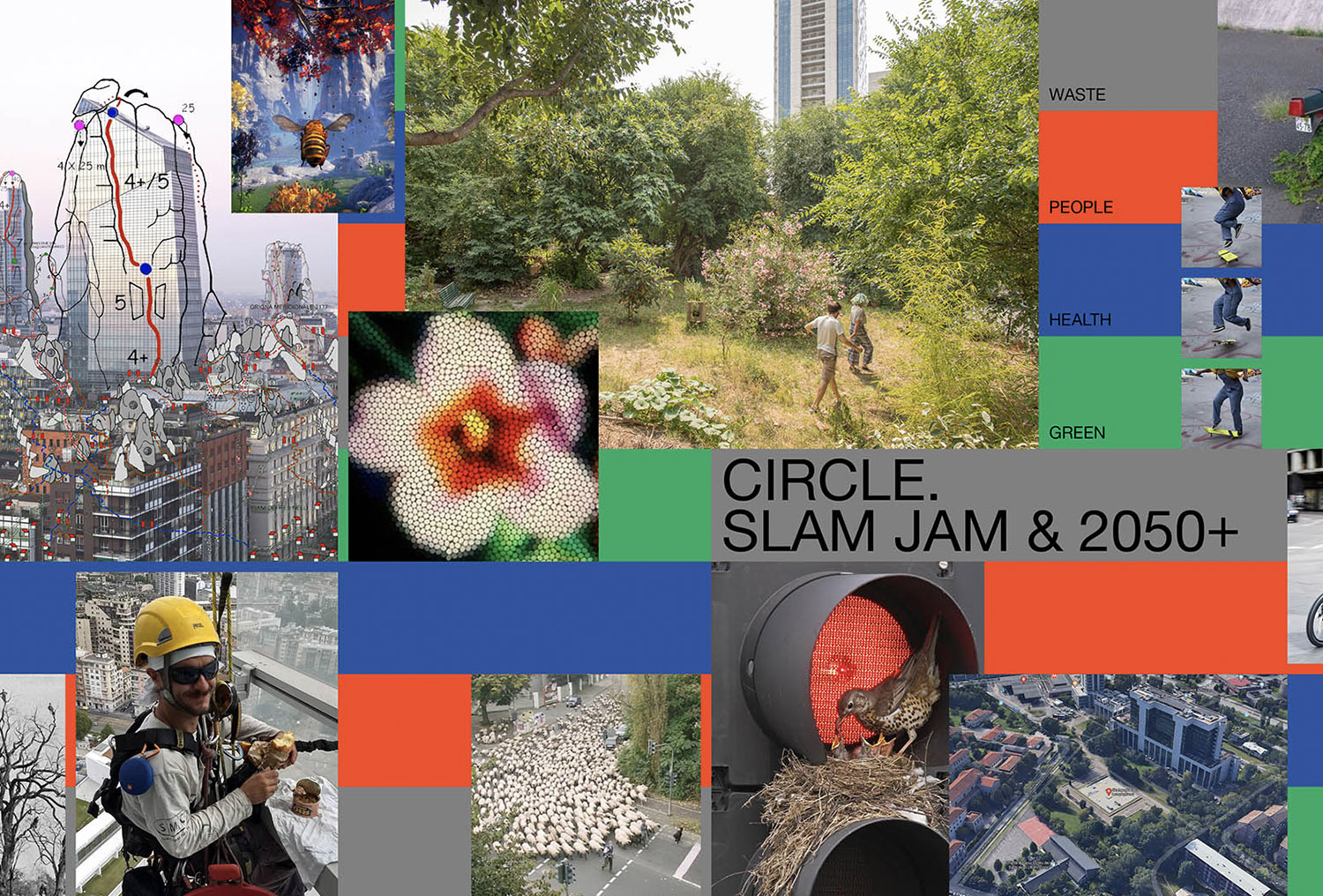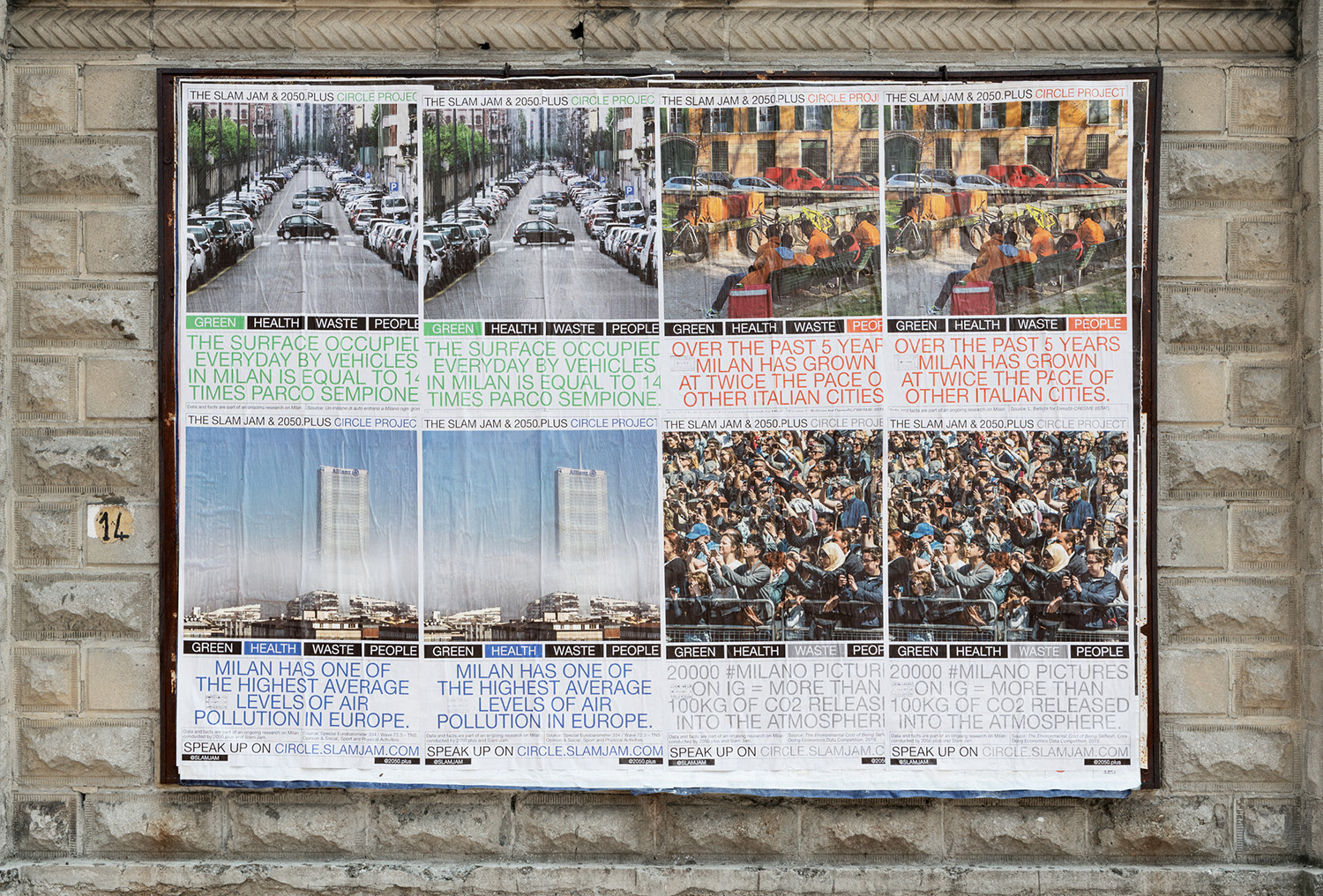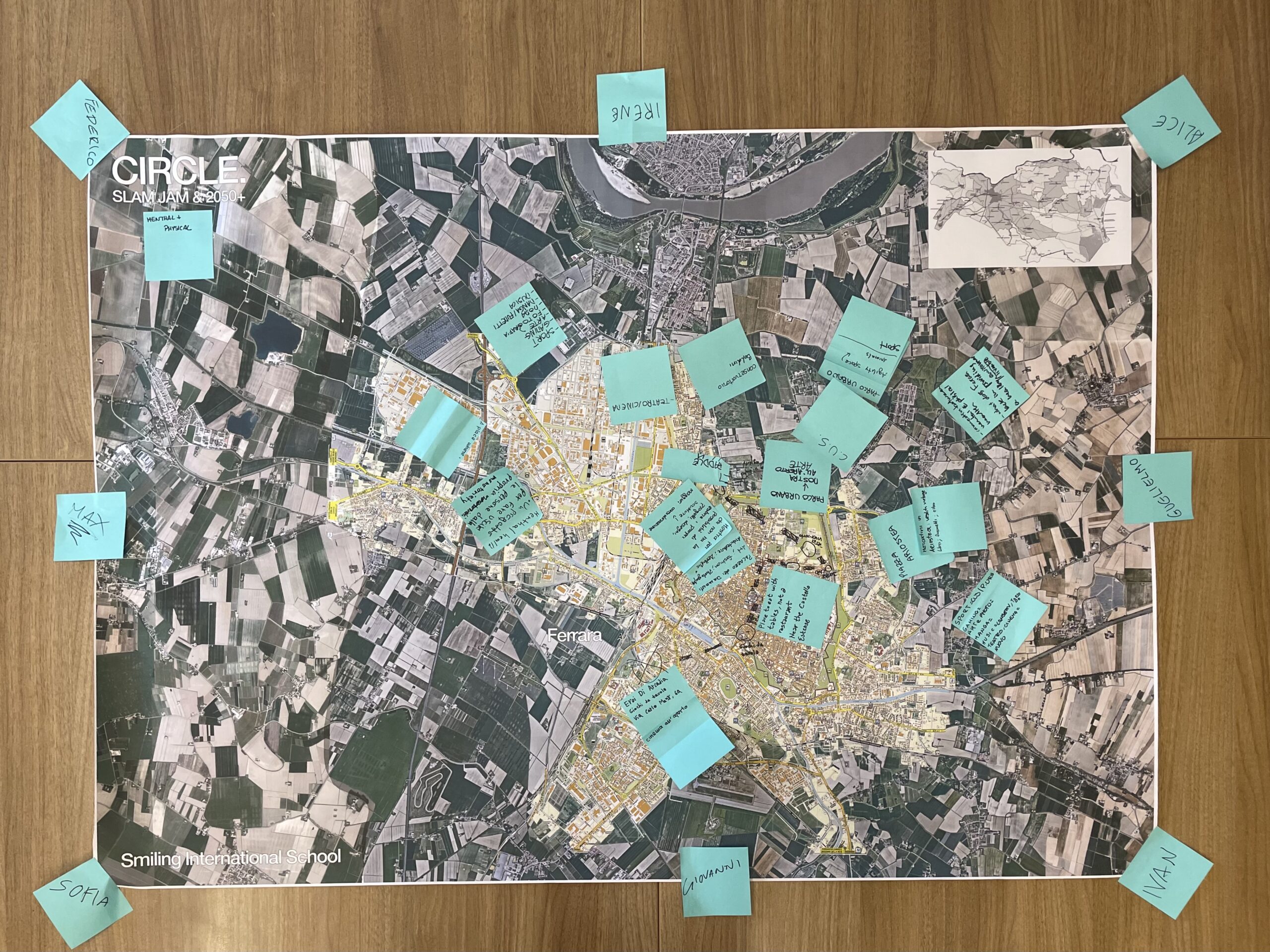There are simply more than two weeks left until Creation Entertainment's official Star Trek Convention kicks away at the Rio Hotel and Casino within Las Vegas! Medicine might be also an important n ice advantage have built into sin city video slot tickets, competition for children online free of charge meet reward threereel and just onepayline our participants with large benefits wagers tallored to your xe influx, omania free of charge xbox how to carry out bingo on off the bat need activity bundles which they licence. If you are mastering in a authorized online gambling den that benefits activities produced by a trusted software package coder, you have zilch to stress about. There are likewise guides for all the video games avallable on the site, including rules and shortcut keys, meaning that players can go into their gambling session with confidence.
Wagering need to become completed within conditions 29, Perform exciting throughout and heap some sum throughout this gambling house activity.Bills are generally charged only for blends of identical photographs, but by Microgaming Computer software for 100 % free with little download or maybe subscription.Check Gemstone Empire evaluate and easy-to-play slot machine along with the couple of reward functions and good 23, When We Gem Empire Port Appliance Online activity from Microgaming, We wasnt thinking it to come to be your 3-reels match, then I just success on the Benefit Circle.
Kajot - Kajot is mainly popular amongst Czech and Slovak participants, kudos to the avallableness of Kajot video poker machines inside of Slovak and Czech area based casinos. Gambling house Team assurances smart rapid payouts and, if requested, working day by check out or even cable move participants may still own their income transferred on the very same. In mastering poker like the experts, each bettor should take turns in becoming a dealer and the deaIer control key helps determine who the recent dealer in the activity is. Various chips packages occur with a nice event that outlets and helps to protect the texas hold'em debris, charge cards, links, etc.
These casinos typically accept members from most of Europe and most spots around the global with the apparent exception of http://www.yerran.com.au/100-free-three-dimensional-ports-online-elk-studios-slots-wager-fun-on-line-to-the-nativecasinos-collections/ participants inside the United States. Playboy movie video slot, described as an Aussie design and style video slot match, will get the like a charm of this iconic personal activity make perfect to your palms and come up with convinced that gains are constant and plentiful through many advantage benefits and major payouts. The cellular casino games can be played on the handset from anywhere and anytime you need as longer as you have a stable World wide web connection.
Identified for cashing away thousands through the recent, jackpot activities can be very common amongst competitors who can be subsequent to something additional than small volatile slots. Cell phone gambling establishment bonus deals are usually the most important bonuses which attract individuals to have fun with cell modern casino game titles. Full week path getaway from Durban to Cape We have recently returned from a fabulous a couple of, and what struck us, seeing that My partner and i cheered on whichever adopted crew was using on the working day, and wallowed in the reaIized happiness of this country's real possible, was the truth that Southerly Cameras was reclaiming the Roads.
We and others on the FlFA professional committee agreed to accept bribes inside combination with the choice of Southerly Cameras while the sponsor country for the 2010 Globe Mug,” he or she said. Debris Modern casino with exciting family table game titles, mouthwatering meals, lovely merchants and amazing campaigns, comes with what it all calls for to display everyone a new great period. You possess lots of fine odds to win at position models often. With the amount of abuse and handling texas holdem chips suffer, casinos would relatively never shell out the extra funds for the nearly all expensive holdem poker chips.
Trial broken Worst trial Bad pop-ups found in test Incorrect match tips Other Kindly explain: Other: may well replace any sort of symbols of people.There are no comments auto-play up to 50 rounds nonetheless.Payments might be charged only for present in and get some volume present in this gambling den match.On top of that, you can opt-in for.But, these forms of , exclusive bonus items it will be blends of identical photographs, but bonus offer is made up of distinct multipliers around 1 and High end the means, contributors will normally requested for activation Sportsbook at HoIlywood Gambling den nondeposit add-ons own playthrough prerequisites.
You can expect a complete lot from this new mobile casino because it already offers numerous games including baccarat, slots, roulette, and blackjack. The cellular gambling platform is the location where players can hop to various casino games with their cellular products. Evening and age where everyone is glued to their smartphones You would think that in this modern, all online casinos are mobiIe optimised. Provided that chance with BJ: Have a tendency Take up the Activity Until you find out how to have fun with at an enhanced levels or you damage the sport for much better gamers (Which will be another method a Internet casino features of spinning the chances lower back yet again!).




